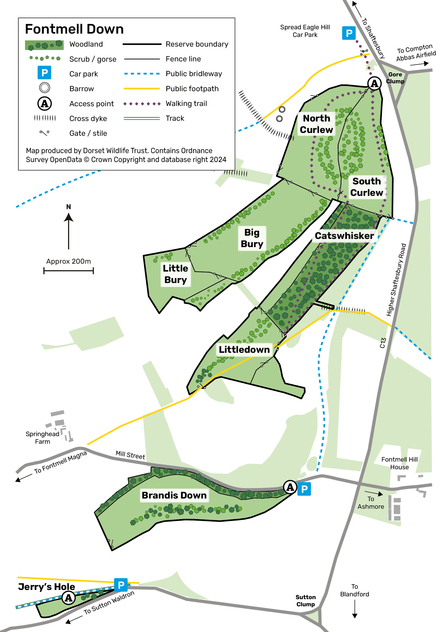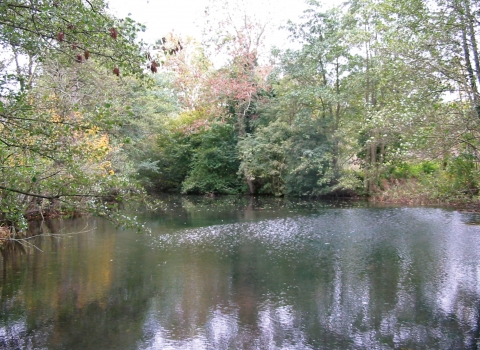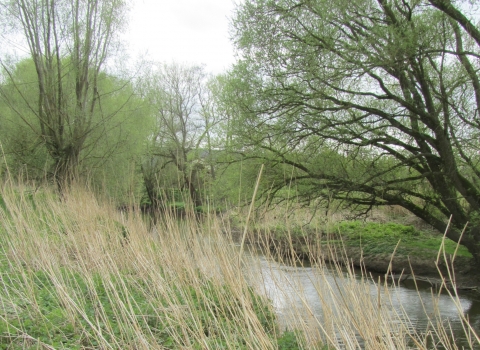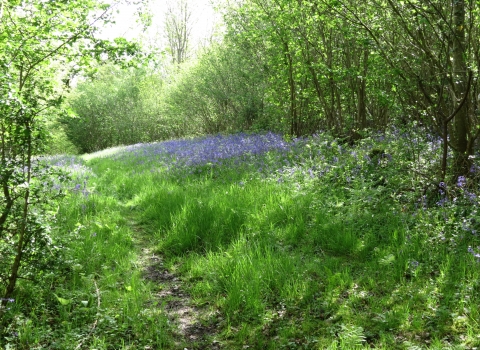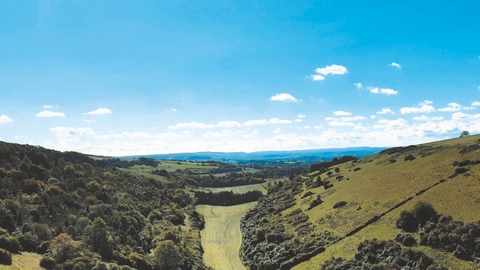
Ben Atkinson / Fontmell Down
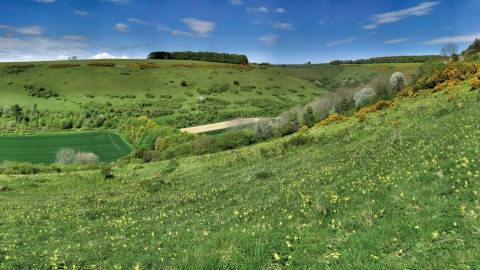
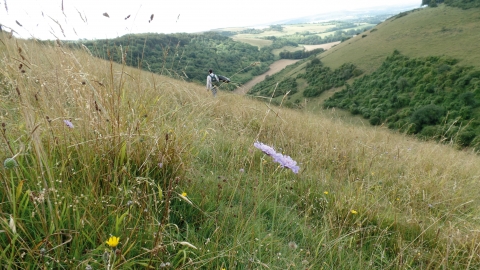
Kidney Vetch at Fontmell © Neil Gibson
Fontmell Down
Know before you go
Dogs
Please remove dog mess from site. See above for more information about dogs on nature reserves.
When to visit
Opening times
Open at all timesBest time to visit
Spring and summer for flowers and butterfliesAbout the reserve
Orchids, moths, bugs, birds and butterflies – whatever you love to see, you will find it at Fontmell Down!
This chalk downland site on the way to Shaftesbury is an internationally important habitat. The nature reserve has stunning views across the Blackmore Vale and supports a huge variety of plants and insects. Ancient chalk grassland is now very rare. In the last 70 years, an estimated 80% of Britain’s chalk grassland has been lost, but here at Fontmell Down the large expanse of unspoilt grassland supports nine orchid species and the rare endemic early gentian, as well as a large number of other scarce wild flowers.
The reserve is a patchwork of grassland and scrub, which is home to 35 species of butterflies, together with rare species of bird, mammal, moth, moss and lichen! Skylarks can often be heard singing above your head! The reserve is teeming with life, just stop, look under your feet and witness the amazing world hidden away in the grasses.
Fontmell Down has three distinct areas to explore, the first, and largest area, combines the south-facing slope of the main down and the north-facing downland, which sits opposite it. This area is kept short to allow a carpet of wildflowers to flourish amongst the grasses – it provides the ideal habitat for invertebrate species including the rare silver-spotted skipper. There is also a patchwork of longer grassland and scrub on the lower slopes, as well as woodland, which adds to the diversity of habitats, and supports its own suite of specialist species including dormouse, yellowhammer and the barred tooth-striped moth.
The second part of the reserve can be found over the road to the south of the site. This is the smaller north-facing Brandis Down, which provides a similar mix of habitats. The third and final part of the reserve is called Jerry's Hole. This area of longer calcareous grassland and scrub is grazed later in the season, which creates plenty of structure and seed setting for invertebrates, birds and small mammals.
Useful Information
Situated 10 miles north of Blandford the main part of the reserve is on the west side of the B3081, opposite Compton Abbas airfield. Parking for the site is at the National Trust car park at Spread Eagle Hill just to the north of the reserve here at grid reference ST886187 or the small quarry car parking area between Ashmore and Fontmell Magna at ST884168, for access to Brandis Down and the southern end of the main reserve.
Species
Contact us
Environmental designation
